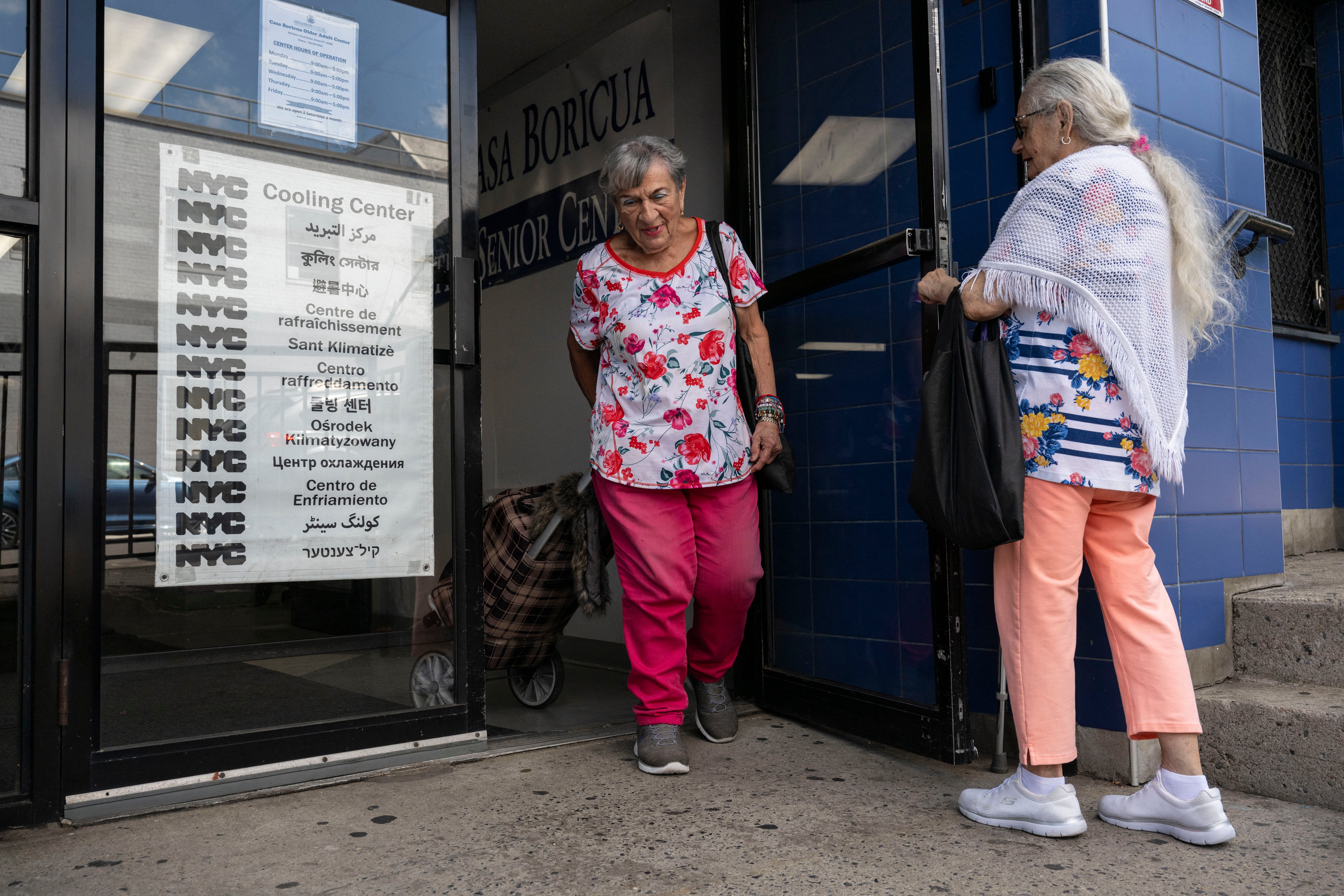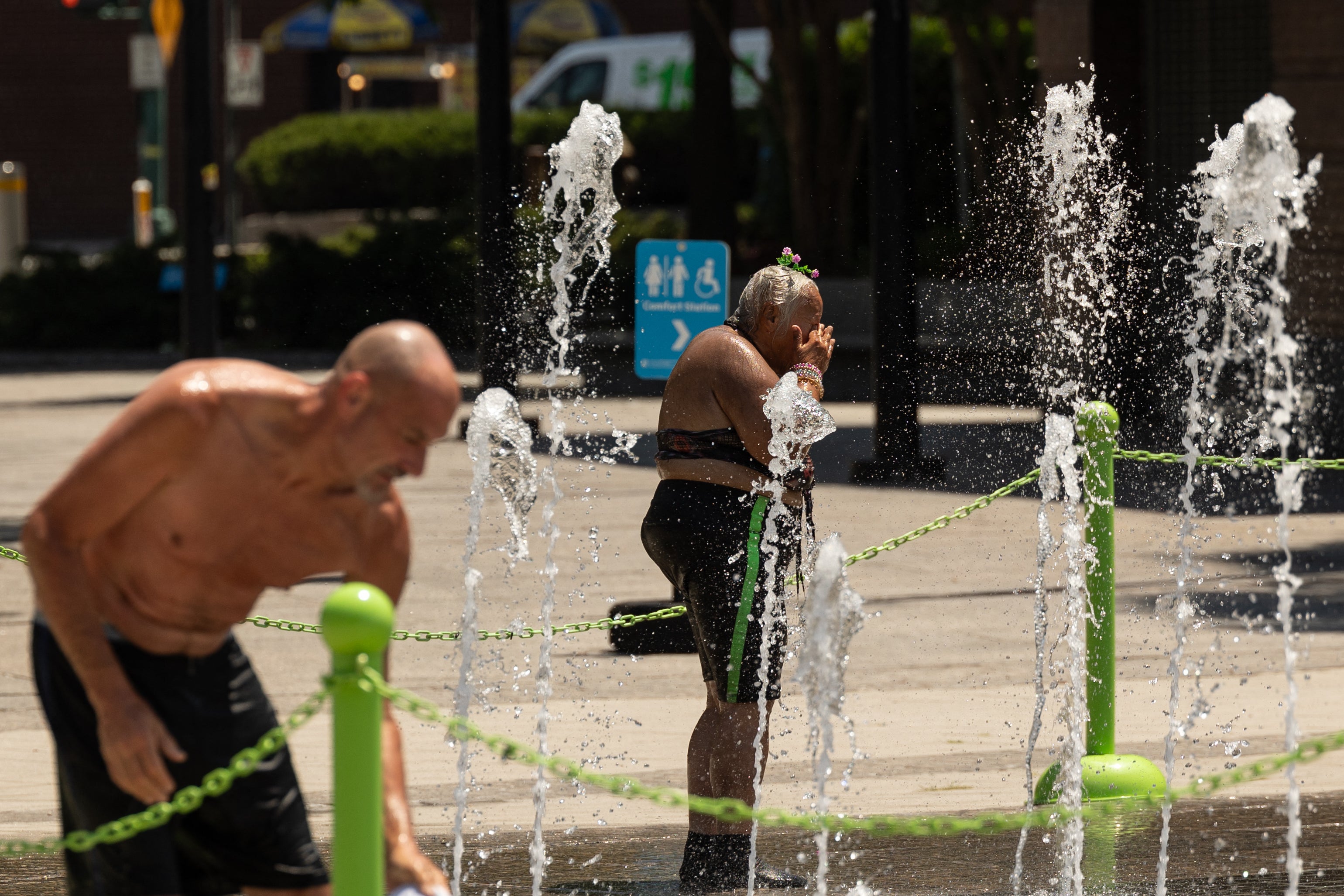Older adults don’t realize just how vulnerable they are to extreme heat — and many are unprepared for heat waves, researchers warn.
A new review of more than 40 studies published between 2010 and last year revealed there is less of a focus on preparedness, despite the fact that heat is the number one weather-related killer.
“Risk awareness seems to be quite low among older adults and their caregivers,” Fiona Doherty, an assistant professor of social work at the University of Tennessee, said in a statement.
Many heat-related deaths for older adults happen in their homes and at night, suggesting they may not even have realized they were in danger. Some medical conditions also may make them prone to overheating, Smitha Rao, an assistant professor at The Ohio State University, explained.
“Extreme heat is not often viewed as a weather disaster like hurricanes or floods, but it should be,” she said.

The findings are concerning, as the number of older adults continues to grow. By 2050, the number of people aged 65 years old and older will outnumber children younger than five years old.
Adults are one of the groups most vulnerable to extreme heat, and have health complications that can exacerbate its effects. They may not be able to leave their homes and are more likely to be socially isolated than some groups. More than one in four adults in the U.S. reported having a disability in 2022.
The analysis comes as new research finds heat waves are speeding up our rate of aging. Just two years of exposure to the dangerous events could tack on between eight and 12 days of age-related health damage.
Heat exposure can worsen health risks from chronic conditions, such as heart disease and asthma. Heat waves significantly raise the risk of stroke and other cardiac events.
In recent decades, heat deaths have doubled in the U.S., killing more than 21,000 people since 1999, according to a study published last year.

Scientists have warned that heat waves are becoming more frequent and intense due to the impact of the human-caused climate crisis.
In the U.S., the average number of heat waves has increased from two during the 1960s to six a year in the 2010s and 2020s, according to the Environmental Protection Agency. The average heat wave season across 50 major cities is about 46 days longer than it was in the 1960s, as well.
Last year was the hottest year on record, with 26 cities feeling the effects of at least one dangerous extreme heat wave, according to the non-profit Climate Central.
Around the world, climate change resulted in 41 additional days of extreme heat, according to an analysis by World Weather Attribution.
The number of people exposed to extreme heat is growing exponentially due to climate change in all regions of the world.
“It’s very likely that we’re going to continue to face these kind of extreme heat issues,” Jeffrey Howard, an associate professor in public health at the University of Texas at San Antonio, told The New York Times. “It’s not something that’s going to go away.”



